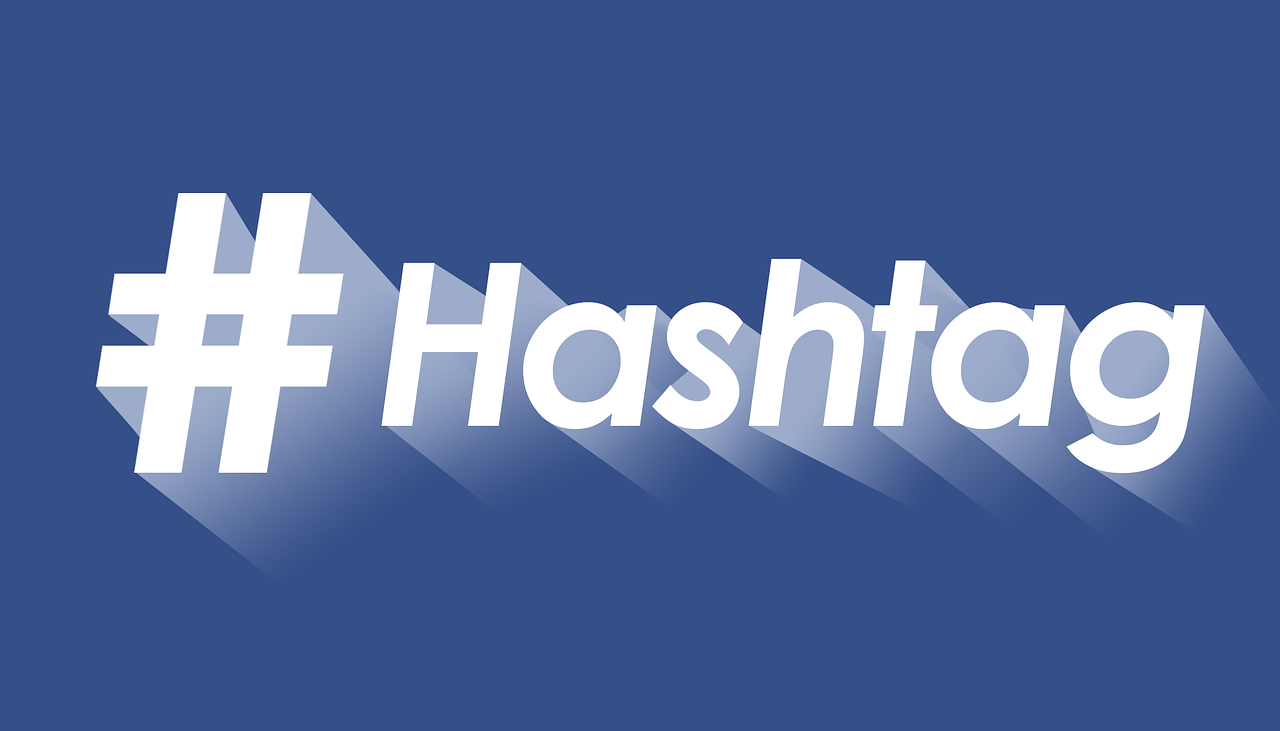Unless you’ve been living under a rock for the last few years, you’ve probably noticed that the number of businesses who utilize social media as a marketing medium has grown in massive numbers.
Now…for the purpose of our business, we’ve found that there are a couple of mediums that give us greater latitude, and much bigger “bang for our marketing buck” with regard to creativity than do others. And you might find the same goes for your own business social media purposes. In trying out the various platforms, we generally suggest that you find out which works best, and focus on those.
Twitter for instance, utilizes text to 140 characters, so if your message is text focused, and you can get that message (or a tantalizing part of that message) across in less than that, it’s a kick ass way to go, but creativity still rules. Simply said, the fact that you’re only ‘allowed’ 140 characters on Twitter can create the need to include links to whatever website or blog the rest of your information is located on.
What exactly IS a ‘hashtag’?
Hashtags have become so common these days that people have started using them outside of their intended purpose. People use them in text messages, chats, songs, and advertisements.
A “hashtag” is more simply described as a word preceded by the number sign (#).You’ll see them across a variety of different social networks like Twitter, Instagram, Google Plus, and occasionally on Facebook. When Pinterest first came out in 2010 there was a lot of confusion about hashtags and how they were being used on that platform.
Hashtags (#) are used for the purpose of locating people/industries/topics that you and/or your company might be interested in following/communicating with, etc. Whenever a user adds a hashtag to their post, it is immediately indexed by the social network and searchable by other users. Once someone clicks on that hashtag, they’ll be brought to a page that aggregates all of the posts with the same hash tagged keyword in real-time.
Those hashtags in the Instagram platform serve the same purpose, even though it’s primarily an image driven vehicle (no pun intended there). Using hashtags within those messages also brings WAY more eyeballs than those posted without them (it’s astonishing just how much traffic a simple hashtag can bring).
So now you ask, “how do I know which hashtags I should be using for my business?” There are a couple of really simple answers to this question;
1. When it comes to hashtags, common sense generally prevails. Using a business related word and simply prefixing it with a “#” is generally one of the best ways to start testing out some favorites.
2. When it doubt, Google it. Search for popular hashtags related to your business on Google! Google is a super helpful resource, and you can find any number of hashtag lists for use on your preferred social media platform, for just about any business you dare to search. Do some testing and tweaking. Figure out which hashtags work best on which platform for your business, and get to it!
Despite the problems I have outlined in this book, I believe that the future of small business is bright. Regardless of what your customer’s needs are, there’s one universal way to explode your sales, and keep that customer coming back, and/or referring your business; Keeping in touch. By ‘keeping in touch’ I’m not saying that you should badger your customer incessantly with mindless chatter. By “keeping in touch”, you’re simply, periodically putting yourself at the forefront of your customer’s mind with timely, helpful, metered communication.
Now you ask, “what exactly IS timely, helpful, metered communication”? Well ladies and gentlemen, I’m happy to tell you. Go grab a java, take a seat in a big comfy chair, and read on.
Let’s say you’re in the real estate business. Obviously your customers aren’t buying real estate the way they’d buy say…socks (or maybe they are). Just because a client makes one real estate purchase doesn’t mean that the ‘sale’ is done when your commission cheque clears, but your client very likely has friends. And what do you think happens when those friends are buying property? They ask a friend for a referral. And if you don’t position yourself in such a way that there really ISN’T anyone else that your client can think of when asked for that referral, your sales, and therefore your commissions will have no other avenue but to jump exponentially.
Sounds great, right? I mean, who doesn’t want to make more money, while helping a client remember to do helpful things with regard to their real estate purchase? If you could in addition, have those helpful reminders to go out on a set schedule, so much the better, right?
Implementing a simple ‘system’ for reaching out to those customers automatically makes the task of keeping in touch one of the more simple tasks that you undertake in your business, instead of one that you dread for how difficult it can be.
If your business is a restaurant, keeping in touch is even more simple, by sending out ‘reminders’ of regular specials and special events happening in your establishment. It’s easy to keep your income pipeline full, when you’re at the forefront of the minds of your customers, regulars or not.
Making the task of staying in touch even simpler, why not implement a mobile CRM to your marketing strategy? That way your business doesn’t need to rely on you having time to sit down at a computer to do your ‘staying in touch’ tasks.
Cool, right?


Constantly a pleasure to read your material, appears you really do have an ability for developing wonderful content!